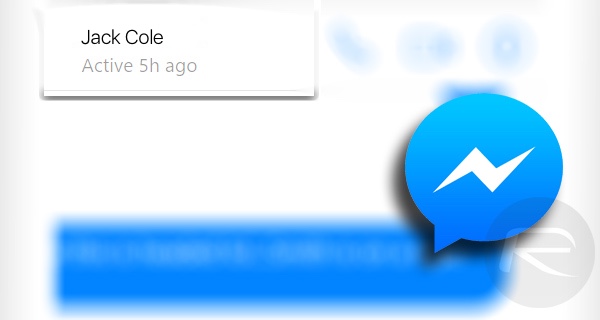It’s amazing what you can find out about certain people and services if you have the ability to do a little digging. An interesting trick has appeared which digs a little deeper into the level of activity that Facebook tracks whenever someone uses the website or one of the company’s native mobile apps. It shouldn’t come as any great surprise that the world’s largest social network keeps track of when a user was last active on Facebook, or its Messenger app, but this trick puts forward an interesting use case for some of that data; getting a fairly accurate understanding of a user’s sleeping habits courtesy of the web version of Messenger.
The most surprising thing here isn’t that Facebook keeps an intricate record of when a user visits the site through the web, the Facebook app, or Facebook Messenger, for anyone with any kind of knowledge of how the online world works, it should be expected that these services make a point of leveraging that data. The surprising or perhaps worrying thing however, is that your friends can also access some of this data, and can use it to make certain educated assumptions about how you use Facebook or as the report suggests, your sleeping habits since we normally check Facebook first thing in the morning, and before going to sleep.

The basic concept is that Facebook took the opportunity last year to launch the Messenger.com web service, which is essentially a web-based version of the chat functionality that forms an integral part of the Facebook experience. One small, and expected feature of that online platform is the ability to see when a user was last online and active. After doing a little digging around, the author of the Medium post was able to extract some of the data in a JSON format from the underlying web service that shows things like user ids and timestamps of activity. That information can then be translated into an understanding of when certain people visit Facebook.
You can check out the data yourself as well by accessing the web version of Messenger using a PC or Mac and looking into the page source. Here’s what it looks like:
What this actually allows you to do, if you have the technical capability that is, is actually build a simple service that collates this data and provides you with a fairly accurate usage pattern of how your friends come and go on Facebook. This includes when it was last checked in the evening, and when it was first checked in the morning, allowing for a fairly good representation of the sleeping patterns of that person.
The author of the post has put together a simple service that does exactly this and you can check and try it yourself over on GitHub. To see exactly how it all works, watch the video embedded below.
(Source: Søren Louv-Jansen [Medium])
You can follow us on Twitter, add us to your circle on Google+ or like our Facebook page to keep yourself updated on all the latest from Microsoft, Google, Apple and the Web.
